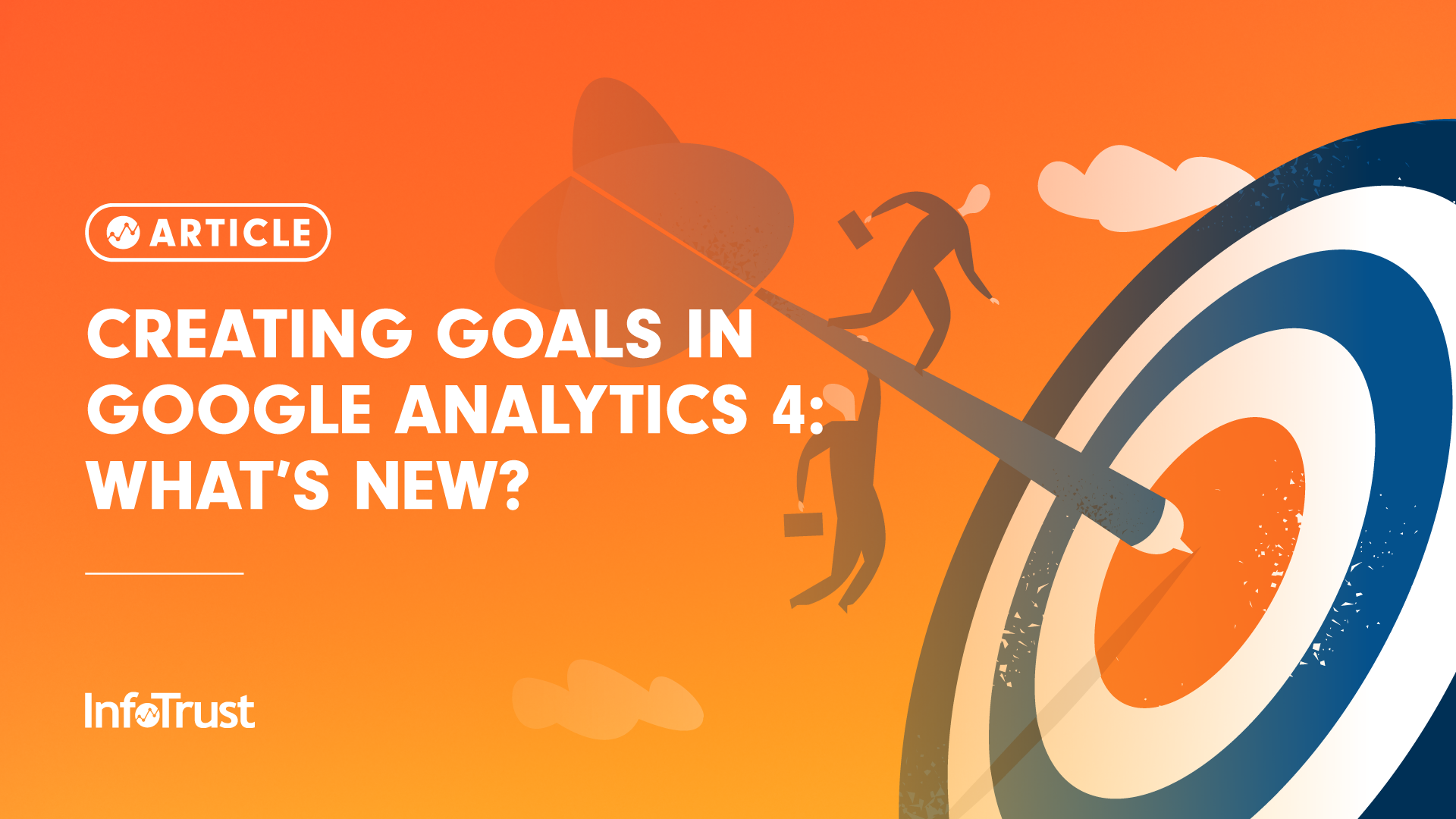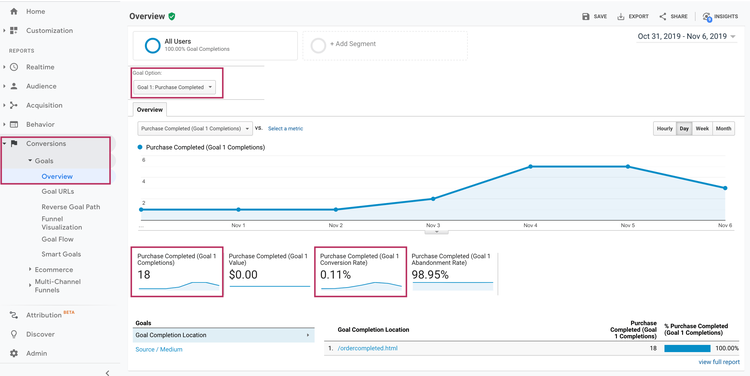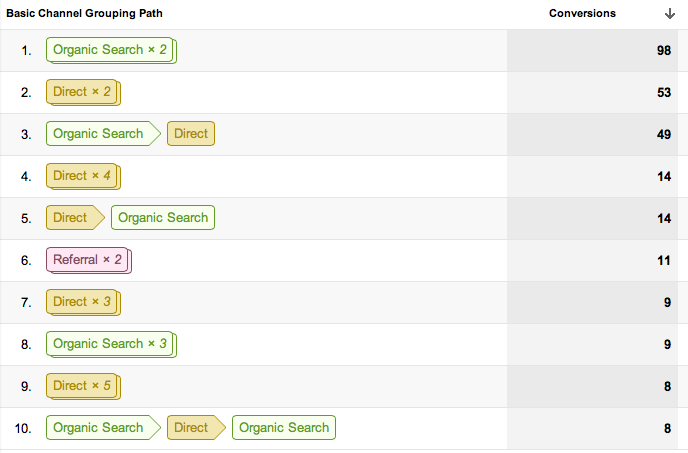Find Out What Data Is Google Analytics Goals Unable to Track
Find Out What Data Is Google Analytics Goals Unable to Track
Blog Article
Revealing the Blind Destinations: Understanding What Google Analytics Goals Can not Gauge
In the world of electronic analytics, Google Analytics stands as an effective device for monitoring and examining on the internet individual communications. Nonetheless, in the middle of its robust capabilities, there exist unseen areas that frequently avert measurement. Understanding what Google Analytics goals can not measure is critical for gaining a thorough view of user habits and engagement. As we explore the intricacies of these dead spots, we uncover a complex internet of uncharted areas that hold beneficial understandings into user activities and motivations, tough conventional wisdom and clarifying the restrictions of our data-driven understanding.
Individual Habits on External Platforms
Comprehending how customers engage on external platforms is crucial for optimizing on the internet strategies. External platforms, such as social networks networks, recommendation internet sites, and on the internet discussion forums, play a considerable function in driving traffic to a business's site. By analyzing customer behavior on these platforms, companies can acquire useful insights into the effectiveness of their marketing initiatives and the preferences of their target audience.
One secret facet of individual actions on external systems is the referral resource. By tracking where the users are coming from, businesses can recognize which platforms are driving one of the most traffic to their web site. This information can assist companies allot their sources a lot more successfully, focusing on the systems that produce the best results.

Offline Conversions and Interactions
Analyzing individual actions on external systems gives important insights right into on the internet techniques; however, considering offline conversions and communications is just as important for an extensive understanding of a company's general efficiency. Offline conversions, such as in-store purchases or phone queries, play a considerable function in lots of businesses' success.

Acknowledgment Beyond Last Click
When delving into the realm of digital marketing analytics, it becomes important to look past the solitary touchpoint of the last click for an extra comprehensive understanding of attribution. While Google Analytics supplies important understandings into customer habits, depending entirely on last-click attribution can be restricting - what data is google analytics goals unable to track. Attribution models that go beyond the last click use a much more nuanced sight of the client trip, taking right into account all the touchpoints that cause a conversion
Attribution past the last click allows marketing experts to assign credit report to various interactions along the conversion course, providing a clearer image of the efficiency of various he has a good point advertising and marketing networks. By discovering multi-touch acknowledgment versions such as straight, time degeneration, or position-based attribution, businesses can better allot their marketing budgets and optimize their approaches for optimal impact.
Understanding the influence of each touchpoint in the conversion process is critical for making informed choices and making the most of ROI. By embracing attribution past the last click, services can acquire much deeper understandings into consumer habits and tailor their marketing efforts extra efficiently.
Cross-Device and Cross-Browser Tracking

Likewise, cross-browser tracking complements cross-device monitoring by catching individual behavior as they change in between various internet browsers. Recognizing just how individuals communicate with sites on different browsers can assist marketers maximize their on-line experiences to make certain consistency and capability throughout different platforms.
Qualitative Information and Individual Intent
Comprehending customer intent through qualitative data analysis is essential for developing targeted electronic advertising and marketing methods that reverberate with the needs and choices of the target audience. Qualitative data provides understandings right into the 'why' behind user actions, losing light on inspirations, feelings, and preferences that measurable data alone can not record. By evaluating customer responses, remarks, and interactions, marketing professionals can uncover useful information regarding customer intent, enabling them to customize their messaging, material, and offerings to much better straighten with what their audience is looking for.
Qualitative data likewise assists in comprehending the context in which individuals involve with a site or app. This contextual understanding allows marketers to develop more appropriate and customized experiences, eventually driving greater engagement and conversion prices. By delving into individual intent through qualitative information analysis, services can obtain a much deeper understanding of their target audience, resulting in more effective advertising approaches that fulfill customers' requirements and assumptions.
Conclusion
Finally, Google Analytics objectives have limitations in gauging individual behavior on exterior systems, offline conversions, acknowledgment past last click, cross-browser and cross-device monitoring, and click over here now qualitative data associated to user intent. what data is google analytics goals unable to track. It is very more tips here important for services to be knowledgeable about these blind places in order to supplement their data analysis with various other devices and techniques to get a more detailed understanding of their target market and improve their overall electronic advertising and marketing strategies
By examining customer behavior on these platforms, services can obtain valuable insights into the efficiency of their advertising and marketing initiatives and the preferences of their target audience.
Evaluating individual habits on exterior systems gives valuable insights into online methods; nonetheless, considering offline conversions and interactions is equally critical for a comprehensive understanding of a company's general performance.In electronic advertising and marketing analytics, relocating past last-click acknowledgment to discover cross-device and cross-browser monitoring is essential for gaining a holistic understanding of user interactions throughout numerous systems and tools. By examining individual comments, comments, and interactions, marketing professionals can discover important information about customer intent, permitting them to customize their messaging, material, and offerings to better straighten with what their target market is seeking.
By delving right into customer intent with qualitative data analysis, organizations can get a deeper understanding of their target audience, leading to much more effective advertising and marketing strategies that satisfy customers' assumptions and requirements.
Report this page